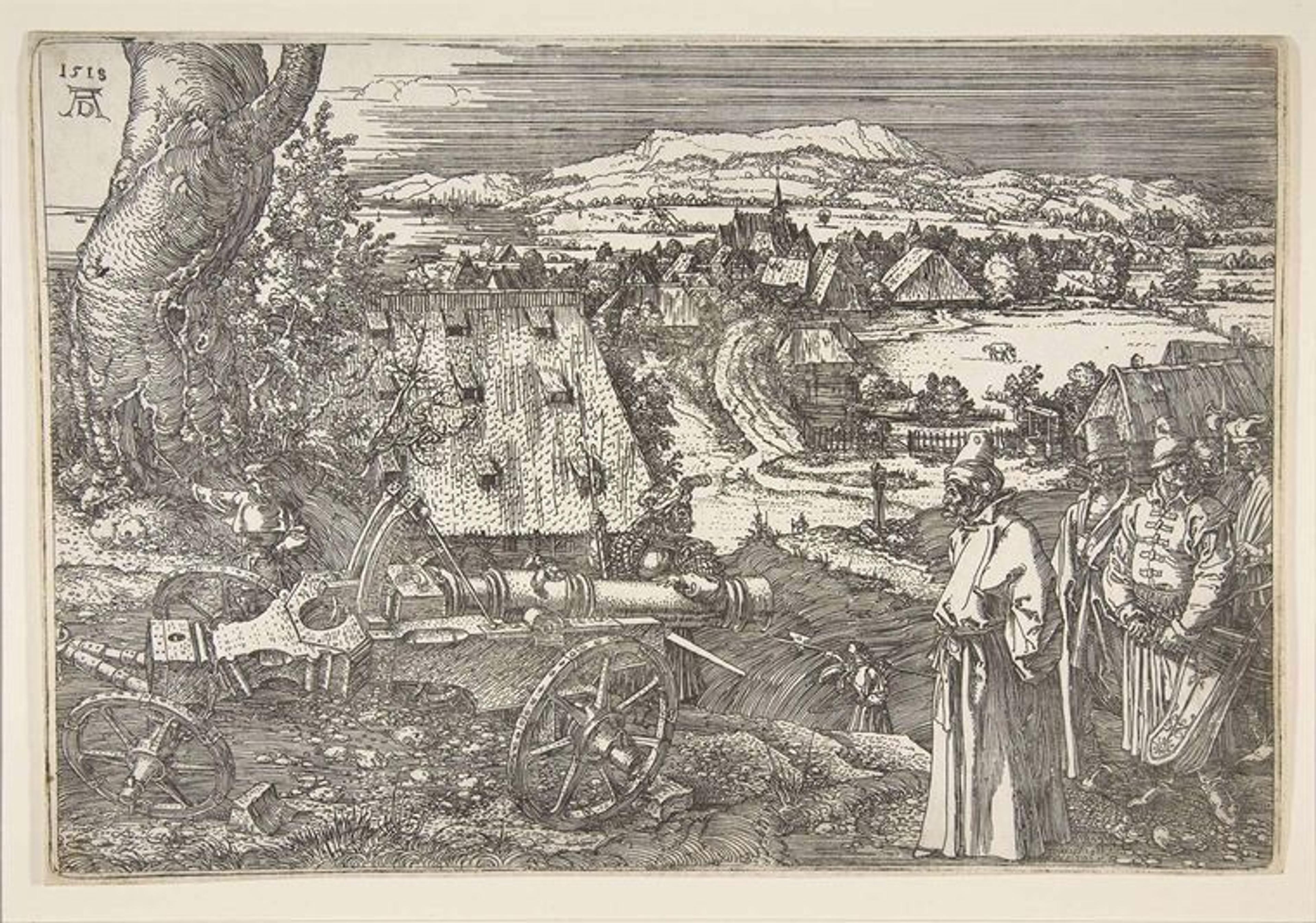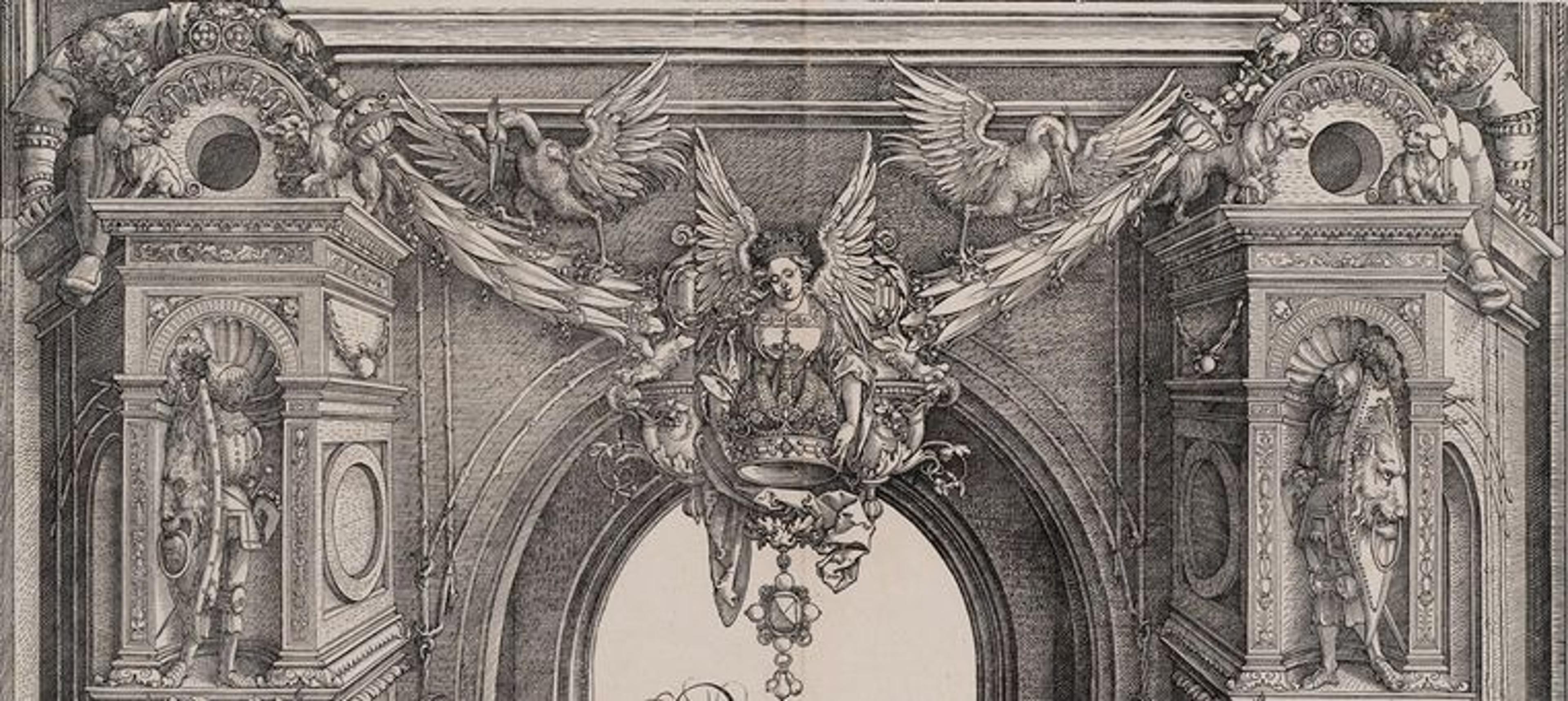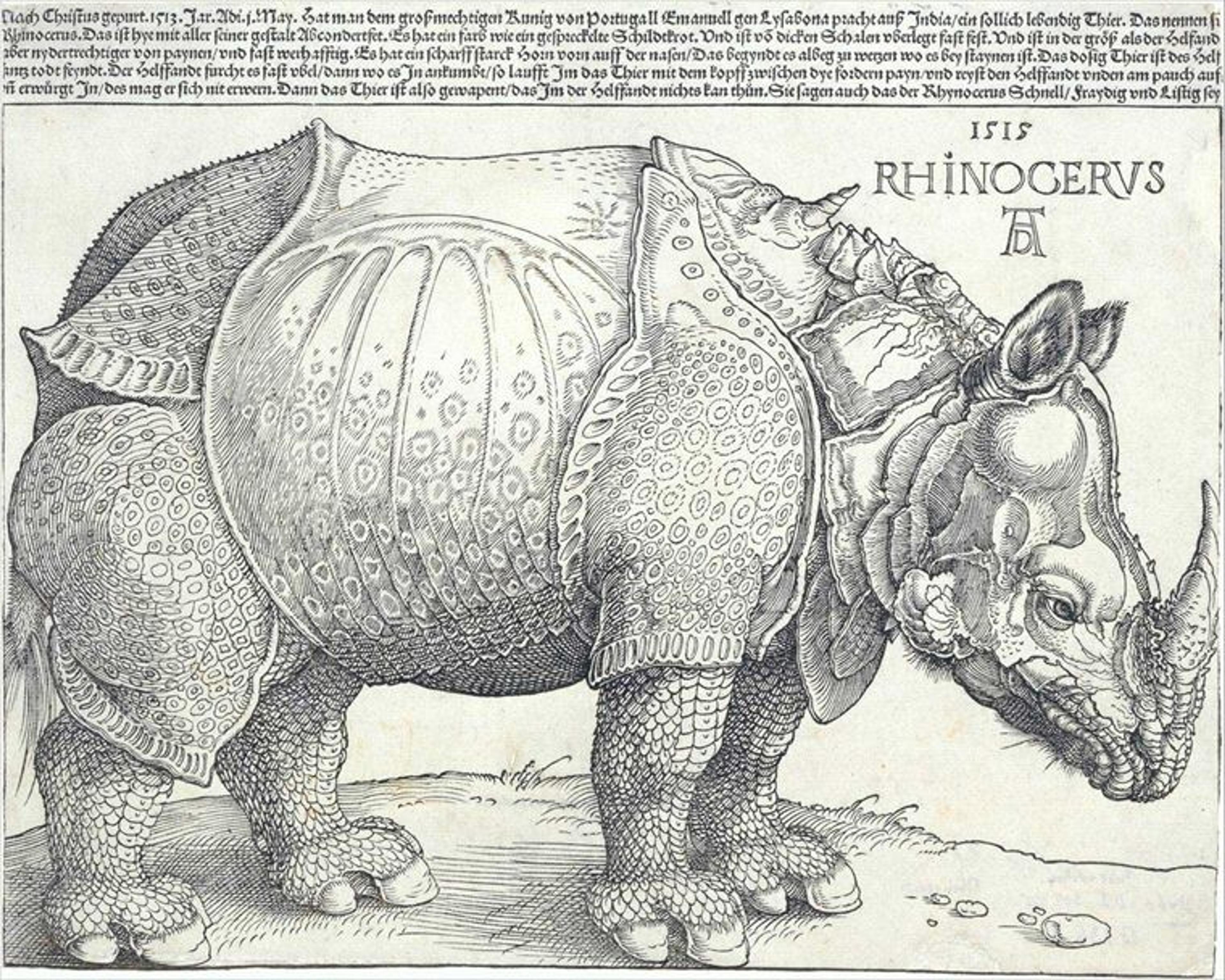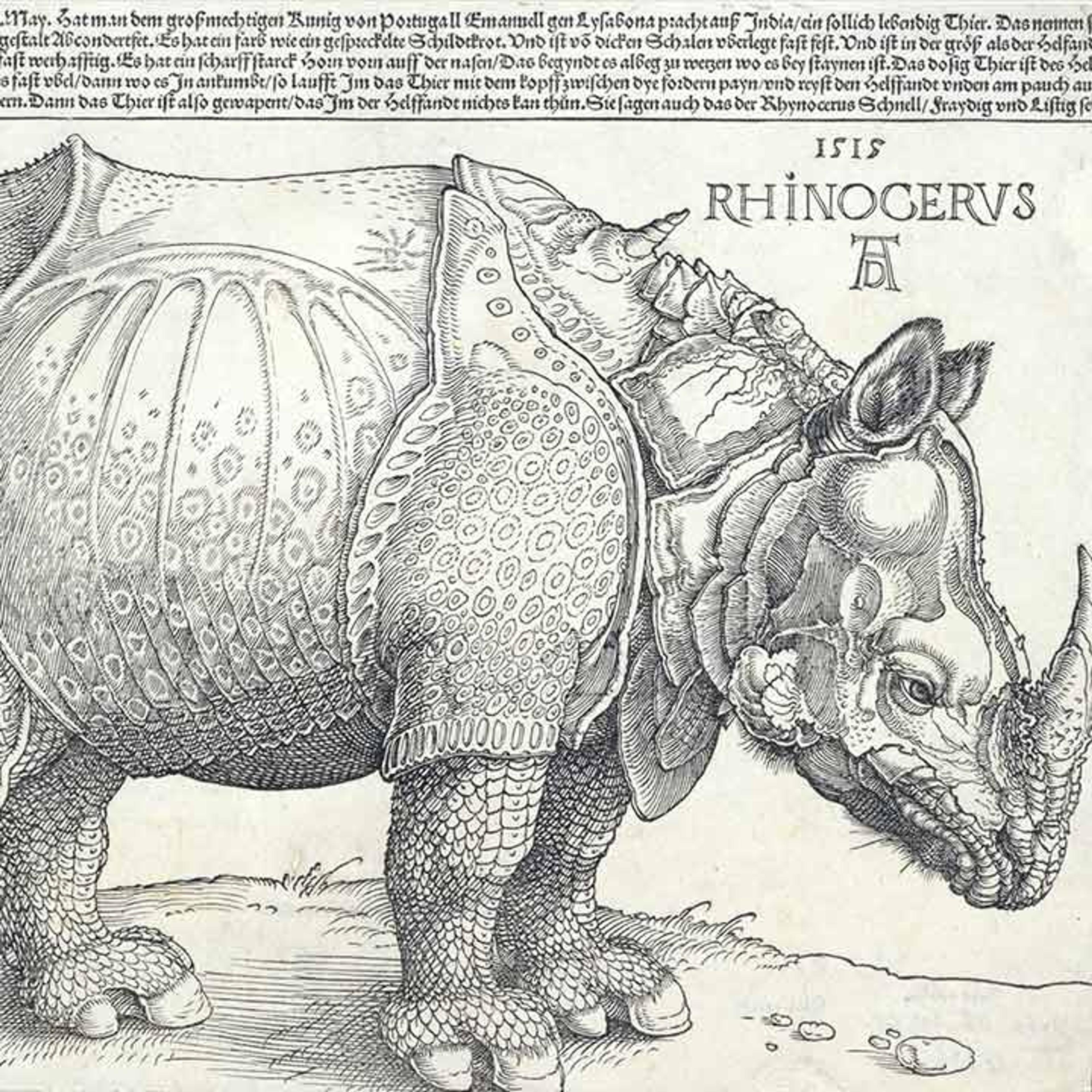November 7, 2019
Freyda Spira, Associate Curator, Department of Drawings and Prints
A hundred years ago, The Met acquired a comprehensive collection of prints that had been amassed by the banker and financier Junius Spencer Morgan II (1867–1932). The prints were by the celebrated Nuremberg artist Albrecht Dürer. This fall, the Museum celebrates Dürer by showing his prints—many from the Morgan gift—in four exhibitions at The Met Fifth Avenue.
A brilliant painter, draftsman, printmaker and writer, Dürer is one of the most important artists of the European tradition and the first to establish himself as an innovator influencing artists across the continent through the medium of print. As a printmaker, Dürer worked in various media. He made engravings and woodcuts, and he even experimented in the new technique of etching.
The Renaissance of Etching
Although a prolific printmaker, Dürer made only six etchings. All six are on view for the first time in The Renaissance of Etching (October 23–January 20, 2020). This exhibition traces the first seventy years of the etched print (ca. 1490 to 1560) from its emergence in the workshop of the German printmaker and armor decorator Daniel Hopfer to its evolution in the hands of artists from Germany, Flanders, Italy, and France who experimented with the medium.

Albrecht Dürer (German, 1471–1528). Landscape with a Cannon, 1518. Etching; sheet: 8 1/2 x 12 5/8 in. (21.7 x 32 cm). The Metropolitan Museum of Art, New York, Fletcher Fund, 1919 (19.73.111)
Dürer is part of the experimental first generation of artists working in Germany in this new medium. His most notable etching, Landscape with a Cannon, is an early bravura piece of naturalistic landscape art. Frequently printed and copied, it was also Dürer's last etching, one in which he achieved a remarkable handling of light and space. Also on view is a preparatory drawing from the Albertina Museum in Vienna that Dürer made for his powerful etching of Christ on the Mount of Olives, The Agony in the Garden. Dürer created a pulsing and intense drama through a daring manipulation of light and impressive chiaroscuro effects.
The Last Knight

Albrecht Dürer (German, 1471–1528). The Upper Section of the Entryway to the Central Portal with a Winged Figure Holding the Imperial Crown, from the Arch of Honor, proof, dated 1515, printed 1517–18. Woodcut and letterpress, Sheet: 18 3/8 x 24 7/16 in. (46.6 x 62.1 cm). The Metropolitan Museum of Art, New York, Harris Brisbane Dick Fund, 1928 (28.82.24). The right half of the entryway, including the winged figure, is by Dürer; the left half is by Hans Springinklee or Wolf Traut after Dürer.
Three drawings of designs by Dürer for the ornamentation of armor, on loan from the Morgan Library, are on view just down the hall in The Last Knight: The Art, Armor and Ambition of Emperor Maximilian I (October 7–January 5, 2020).
This exhibition examines the critical part armor played in the life and ambitions of Holy Roman Emperor Maximilian I (1459–1519) and is the first to concentrate on the place of armor and chivalric ideals in his political pursuits and the fashioning of his living image and memory.
Maximilian's patronage of Dürer did not end with designs for etched armor. Dürer also played a significant role in creating magnificent printed propaganda, including Dürer's Triumphal Chariot and the spectacular, multi-block Arch of Honor (detail above), both on view in the exhibition. (Visit this digital feature to learn more about the Arch.)
Relative Value: The Cost of Art

Albrecht Dürer (German, 1471–1528). The Martyrdom of Saint Catherine, ca. 1498. Black ink on carved pearwood, 15 1/2 x 11 1/8 x 1 in. (39.4 x 28.3 x 2.6 cm), The Metropolitan Museum of Art, New York, Gift of Junius Spencer Morgan, 1919 (19.73.256)
Dürer also mastered the medium of woodcut, creating dense webs of lines that allowed for the creation of depth and dimension in his compositions. While most of his contemporaries employed professional block cutters to translate their drawn designs into the woodblock, it is an open question whether Dürer cut his own blocks. One of The Met's Dürer woodblocks, the Martyrdom of Saint Catherine, is on view in Relative Value: The Cost of Art in the Northern Renaissance through Feb 28, 2021.
This thought-provoking display explores how newly made decorative and visual art objects fitted into a hierarchy of comparative value in sixteenth-century Northern Europe that was entirely different from current value systems. The tiered presentation pits the objects' sixteenth-century market value against the cost of their raw materials. The value of Dürer's woodblock is affected by its comparatively cheap material, its function as a tool of art making, but also by the outsized fame of Dürer. Also on view is a print by Dürer that in aesthetic and artistic terms is beyond compare, but being printed in multiples was relatively cheap, at least in comparison to a bronze sculpture. (The print on display changes every three months.)
Making Marvels

Albrecht Dürer (German, 1471–1528). The Rhinoceros, 1515. Woodcut; image: 8 3/8 x 11 5/8 in. (21.3 x 29.5 cm); sheet: 9 3/8 x 11 3/4 in. (23.8 x 29.9 cm). The Metropolitan Museum of Art, New York, Gift of Junius Spencer Morgan, 1919 (19.73.159)
One final but fascinating print by Dürer will be on view this fall in Marking Marvels: Science and Splendor at the Courts of Europe (November 25–March 1, 2020). The exhibition will explore the complex ways in which the wondrous items collected by early modern European princes, and the contexts in which they were displayed, expressed these rulers' ability to govern. Included in the exhibition will be clocks, automata, furniture, musical instruments, jewelry, paintings, sculptures, and prints.
In a detailed and commanding woodcut, Dürer records the arrival in 1515 of the first rhinoceros in Europe since the third century A.D. (above). Although Dürer's depiction is captivating, it is not faithful to nature, and it had a profound impact on subsequent depictions of the rhinoceros in natural histories, paintings, and the decorative arts until the eighteenth century. This rival to nature will be shown along with a Bohemian interpretation of the fearsome animal rendered in tortoiseshell, coral, pearls, shells.
Seeing Dürer at The Met is a journey, but if you feel up to it after these four special exhibitions, his works on paper can be seen by appointment in the Drawings and Prints Study Room.

Dürer's Monumental Arch of Honor
Standing 12 feet tall, the Arch of Honor is one of the largest prints ever produced. Learn more about the remarkable paper monument Dürer created for Emperor Maximilian I.
